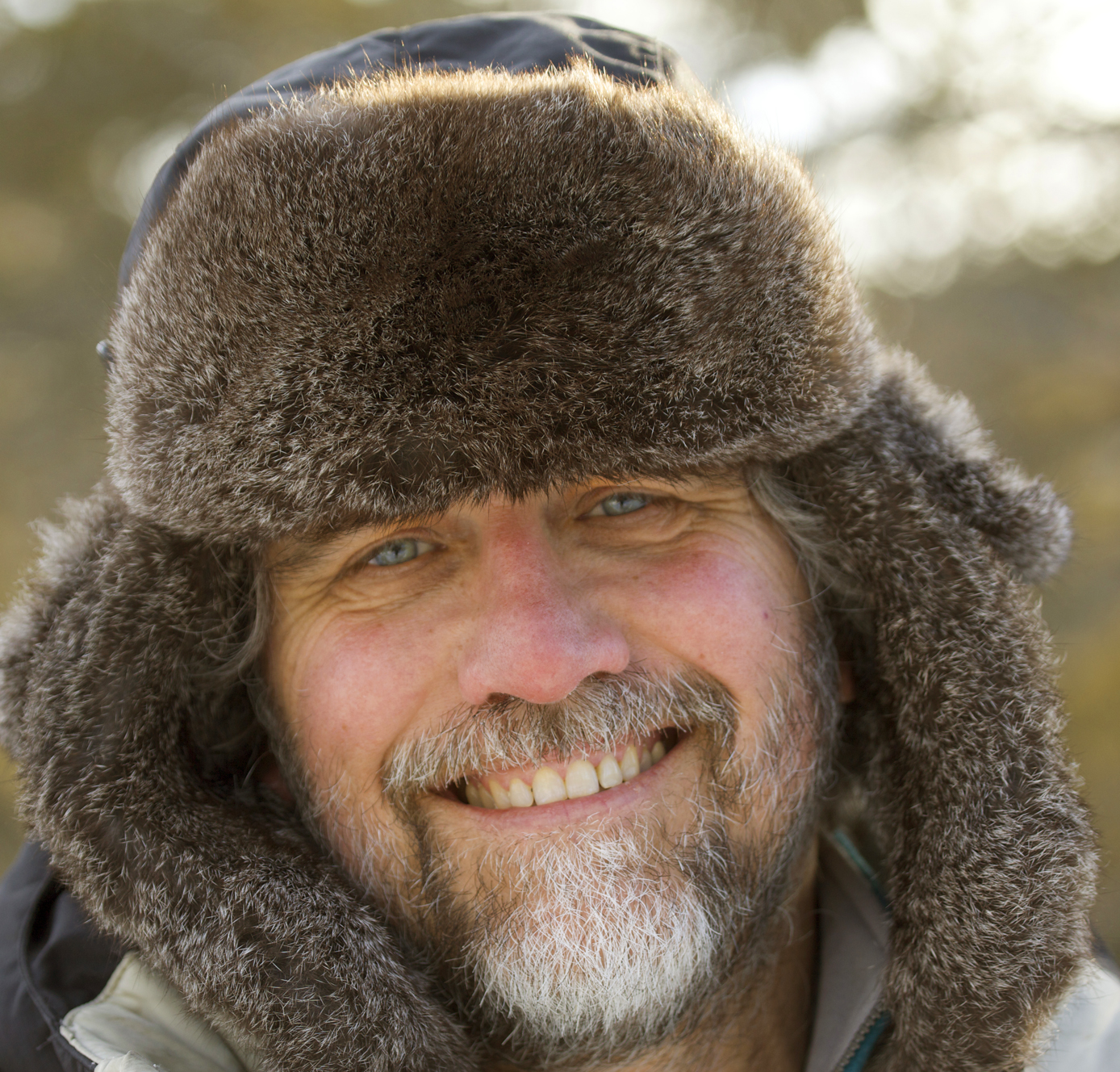Learning objective
- To locate the North and South Poles.
Success criteria
- I can locate the North Pole on a
This content is for subscribers only. Join for access today.
National curriculum
Geography
Human and physical geography
Pupils should
This content is for subscribers only. Join for access today.
Cross-curricular links
English
Spoken language
Pupils should be taught
This content is for subscribers only. Join for access today.
Before the lesson
This content is for subscribers only. Join for access today.
Lesson plan
Recap and recall
Display the Presentation: Odd one out and use the activity to recap learning from the previous lesson.
This content is for subscribers only. Join for access today.
Extended-mode explainer videos
How to extend your display to view the lesson page and preseantion mode simultaneously. Choose your operating system below to watch the video
If you need further support with extending your display,
please contact [email protected].
Extended-mode explainer video: For Mac
Extended-mode explainer video: For Windows
Adaptive teaching
Pupils needing extra support
Could work together in an adult-supported small group to discuss where to place the images.
Pupils working at greater depth
Could annotate their world maps with facts (from the lesson or prior knowledge) about the North and South Poles.
This content is for subscribers only. Join for access today.
Assessing progress and understanding
Pupils with secure understanding indicated by: locating the North and South Poles
This content is for subscribers only. Join for access today.
Vocabulary definitions
-
arid
Little or no rain.
-
climate
Long-term weather conditions in a specific region.
This content is for subscribers only. Join for access today.
In this unit
Assessment - Geography Y2: Would you prefer to live in a hot or cold place?
Lesson 1: Where are the continents?
Lesson 2: Where are the coldest places on Earth?
Lesson 3: Where is the Equator?
Lesson 4: What is life like in a hot place?
Lesson 5: Do we live in a hot or cold place?
Lesson 6: Would you prefer to live in a hot or cold place?
Contributors


